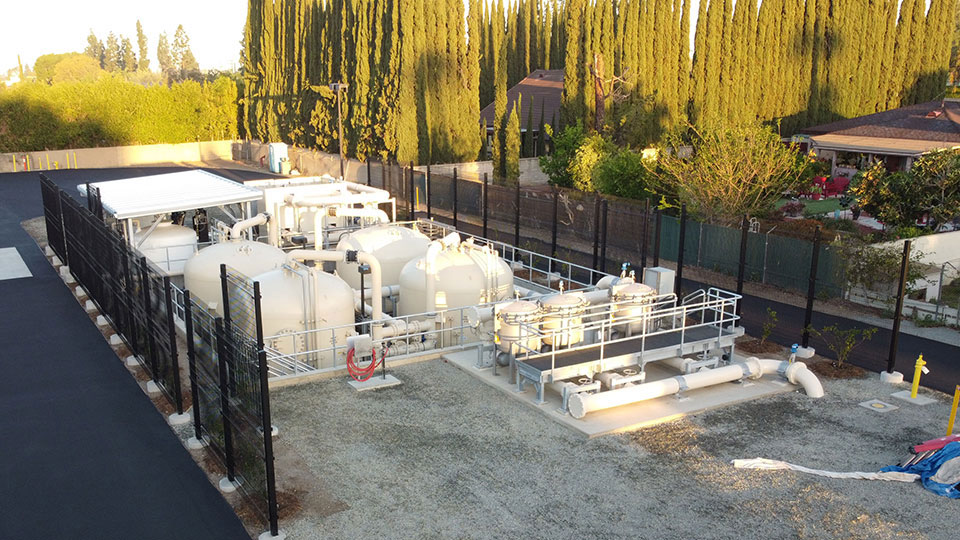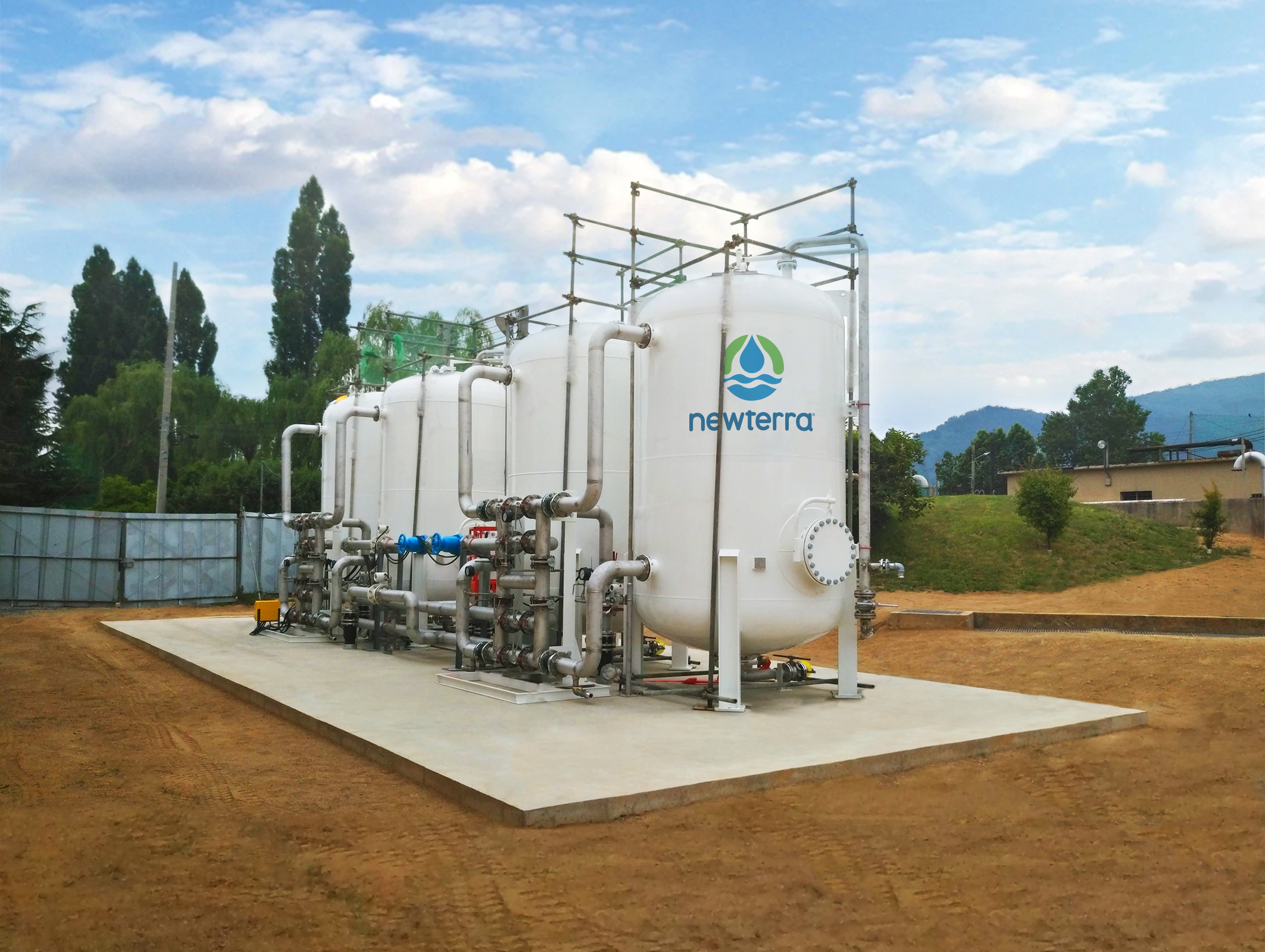Exactly How PFAS Treatment Guarantees Clean and Lasting Water
The visibility of PFAS, generally recognized as "for life chemicals," postures substantial obstacles to water top quality and public wellness. The effects of these therapies prolong beyond immediate health benefits; they raise vital concerns regarding long-lasting water management strategies that must be addressed to make certain a resistant future.

Recognizing PFAS Contamination
PFAS, or per- and polyfluoroalkyl compounds, have actually arised as a considerable ecological concern because of their prevalent prevalence and perseverance in the environment. These synthetic chemicals have been used in different commercial applications and customer items, consisting of non-stick cookware, waterproof clothes, and food packaging, because of their distinct buildings such as water and grease resistance.
The contamination of dirt and water resources by PFAS occurs primarily through industrial discharges, firefighting foam usage, and leaching from garbage dumps. pfas management. When released, these compounds are resistant to deterioration, causing their build-up in the environment. This persistence raises crucial issues, as PFAS can take a trip fars away via groundwater and surface area water systems, affecting drinking water products and ecological communities

Health And Wellness Dangers of PFAS
The perseverance of PFAS in the setting increases considerable health and wellness worries for individuals subjected to these compounds. Understood as "permanently chemicals," PFAS do not damage down quickly and can gather in bodies over time. Research has connected PFAS direct exposure to various unfavorable health and wellness impacts, including immune system dysfunction, liver damages, and increased danger of specific cancers - pfas management. Notably, studies have shown raised cholesterol degrees and prospective effects on reproductive and developmental health and wellness, especially in expecting individuals and infants.
The ubiquity of PFAS in customer products, such as non-stick cooking equipment, water-repellent fabrics, and food product packaging, further intensifies the risk of direct exposure. Drinking water polluted with PFAS is a significant worry, as these chemicals can leach into groundwater resources. Susceptible populaces, consisting of children and those living near commercial sites, may encounter increased threats because of their creating systems and prospective for higher direct exposure levels.
As understanding of these wellness risks remains to expand, regulatory companies are starting to establish standards for PFAS degrees in drinking water. Public health and wellness campaigns are important to mitigate exposure and protect neighborhoods from the lasting effects of these unsafe substances.

Innovative Treatment Technologies
Just how can we successfully deal with the challenges postured by PFAS contamination in water resources? Ingenious treatment innovations are emerging as crucial options in the quest for tidy water. These methods concentrate on the elimination or damage of per- and polyfluoroalkyl materials (PFAS), which are well-known for their perseverance in the atmosphere.
One encouraging method is adsorption making use of sophisticated materials, such as triggered carbon and ion exchange materials. These materials have actually shown efficiency in catching PFAS particles from water. Another significant innovation is membrane filtering, which makes use of nanofiltration and reverse osmosis to separate pollutants at the molecular degree, hence providing a barrier versus PFAS.
In addition, progressed oxidation processes (AOPs) utilize solid oxidants to break down PFAS compounds into harmless results. This approach is particularly efficient for dealing with very contaminated water sources. Bioremediation strategies, using specific bacteria, are additionally being explored to deteriorate PFAS.
As research study proceeds, crossbreed systems that incorporate numerous technologies might provide improved efficiency, addressing the complexities of PFAS contamination. The growth and implementation of these innovative treatment innovations are crucial actions toward ensuring the safety and sustainability of our water resources.
Benefits of Effective PFAS Treatment
Successfully treating PFAS contamination in water sources significantly boosts public wellness and environmental security. PFAS, typically referred to as "for life chemicals," are immune to degradation and can accumulate in the body, causing severe health and wellness risks such as cancer, liver damage, and immune system disorder. By carrying out efficient therapy techniques, communities can lower exposure to these hazardous materials, inevitably enhancing the health end results of their populaces.
Moreover, effective PFAS treatment adds to the preservation of neighborhood environments. Contaminated water can great site negatively affect water life and disrupt the delicate equilibrium of neighborhood habitats. By guaranteeing tidy water, treatment procedures safeguard biodiversity and keep environmental honesty.
Furthermore, Look At This effective PFAS remediation can cultivate public confidence in water top quality. When neighborhoods are ensured that their drinking water is cost-free from damaging contaminants, it advertises a sense of safety and security and well-being. This depend on is important for neighborhood engagement and support for ongoing water administration initiatives.
Future of Water Sustainability
Amidst expanding concerns concerning water high quality and deficiency, the future of water sustainability rests on cutting-edge strategies and collaborative initiatives. As neighborhoods face the looming hazards of impurities like PFAS, the advancement of innovative therapy modern technologies is crucial. These technologies not only focus on the removal of damaging compounds however likewise promote the reuse and recycling of water, thus minimizing general demand.
Furthermore, effective water governance plays an important function in guaranteeing sustainable practices. Policymakers must incorporate clinical research study with regulative frameworks to establish clear standards for water use and treatment. Stakeholder engagement, including neighborhood areas and markets, promotes a sense of common obligation and motivates sustainable techniques throughout different industries.
Investment in framework is likewise crucial; upgrading aging systems to include contemporary filtration and filtration techniques can substantially enhance water quality. Furthermore, welcoming eco-friendly technologies, such as all-natural filtration systems, can provide eco-friendly options.
Inevitably, the future of water sustainability hinges on a holistic strategy that integrates innovation, policy, and area participation. By prioritizing these components, we can guard our water sources for generations to find, ensuring tidy and lasting water for all.
Conclusion
In final thought, the reliable therapy of PFAS is essential for ensuring clean and sustainable water. Ultimately, robust PFAS treatment methods add to lasting resilience in water administration, promoting go to this site public trust fund in water quality and advertising lasting techniques.